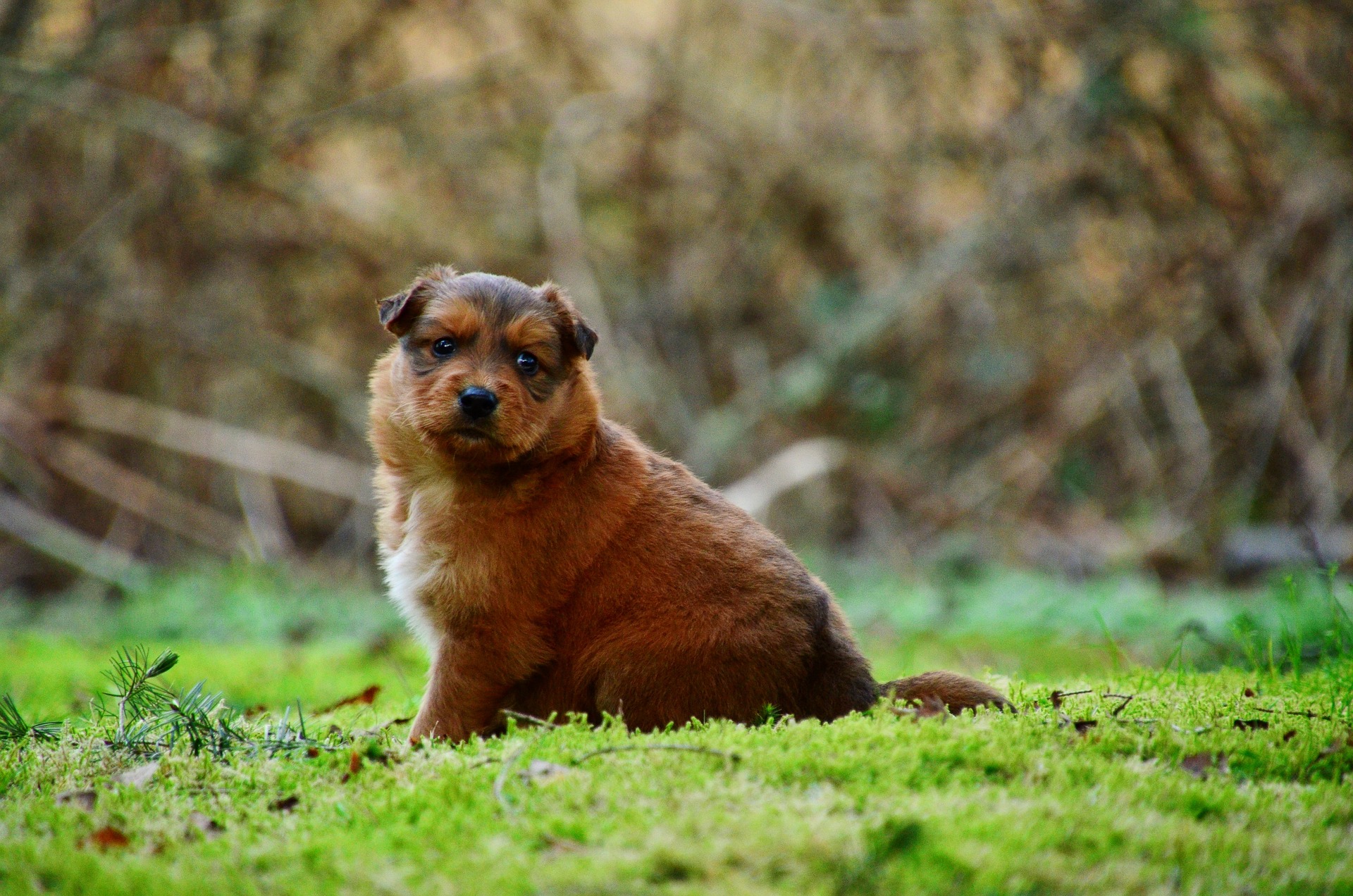Nowadays, many people comment that a chubby or overweight dog looks cute. However, just like humans, overweight dogs are not living their life to their fullest, and you, as their human caretaker, should do everything in your power to get them to a healthy weight. Most dogs will happily scarf down any food given to them, meaning that the responsibility lies solely with you to determine their weight loss goals and the methods to achieve them. If you need help figuring out where to start, use this blog as a guide to finally get your dog on a proper weight loss journey!
Is My Dog Overweight?
Determining if your dog is overweight can be simple – but can also be deceivingly tricky. With so many breeds out there, similar-looking dogs might have different levels of weight that are healthy for them. The easiest way to learn if your dog is overweight is to bring them to your vet, who will gladly give you their diagnosis and recommendation for weight loss tips if needed.
Many things might lead to your pup gaining some extra pounds. If you often find yourself refilling their bowl without thinking about the amount or frequency, you might be accidentally overfeeding them. If you are not taking an active role in providing exercise opportunities for your dog, this, too, might lead to considerable weight gain. Taking your dog for a daily walk is great for their health and weight goals.
If determining at home, look for the telltale signs:
- Does your dog have a large stomach? An overweight dog will likely have a bit of tummy, and feeling their ribs with your hand might not be possible.
- Does your dog seem lethargic? Like humans, dogs not in their ideal weight range will have less energy.
- What is their shape? Look at examples online of your dog’s breed and determine if your dog fits the characteristic shape. If they have packed on the pounds, they will often be wider in the hips and back.
Issues Facing Your Overweight Dog
Maybe you determined that your dog is slightly overweight, but is that truly so bad? As dogs can not directly communicate their thoughts and emotions, it can be hard to gauge how they are feeling. However, an overweight dog has a higher risk for many health problems, leading to expensive vet bills in the future. One of the most common issues for heavy pups is joint pain and difficulty walking. If left to fester, these issues are a compounding problem; exercise is an integral part of any doggy fitness plan, and joint pain can make exercise nearly impossible.
Creating A Plan
Working with your vet to create a diet and fitness plan is the safest and most straightforward way to ensure your methods will change your pet’s life and keep them comfortable during the transition.
To begin, calculate your dog’s current weight and compare that with your vet’s estimation of its ideal weight. With your vet’s help, determine the number of calories per day that will lead to a gradual weight loss without completely shocking or starving your pet. When deciding this amount, it is crucial to remember how often you give your dog treats or table scraps; these extra calories might be what is pushing your dog into the range of obesity! Finally, after reducing your pet’s caloric intake, continue with regular weigh-ins to ensure their weight is slowly dropping over time. If you also increase your dog’s daily exercise amounts, you may find that a calorie reduction isn’t even needed.
Just like humans, an improved diet and exercise plan is often more than enough to ensure your dog’s happy and healthy life. Another way to keep your dog happy and safe is with obedience training classes. Does your puppy need training? Does your adult dog need a refresher course? The professionals at Gulf Coast K9 Dog Training are here to help. Call today to learn more about our Bradenton training facility.





